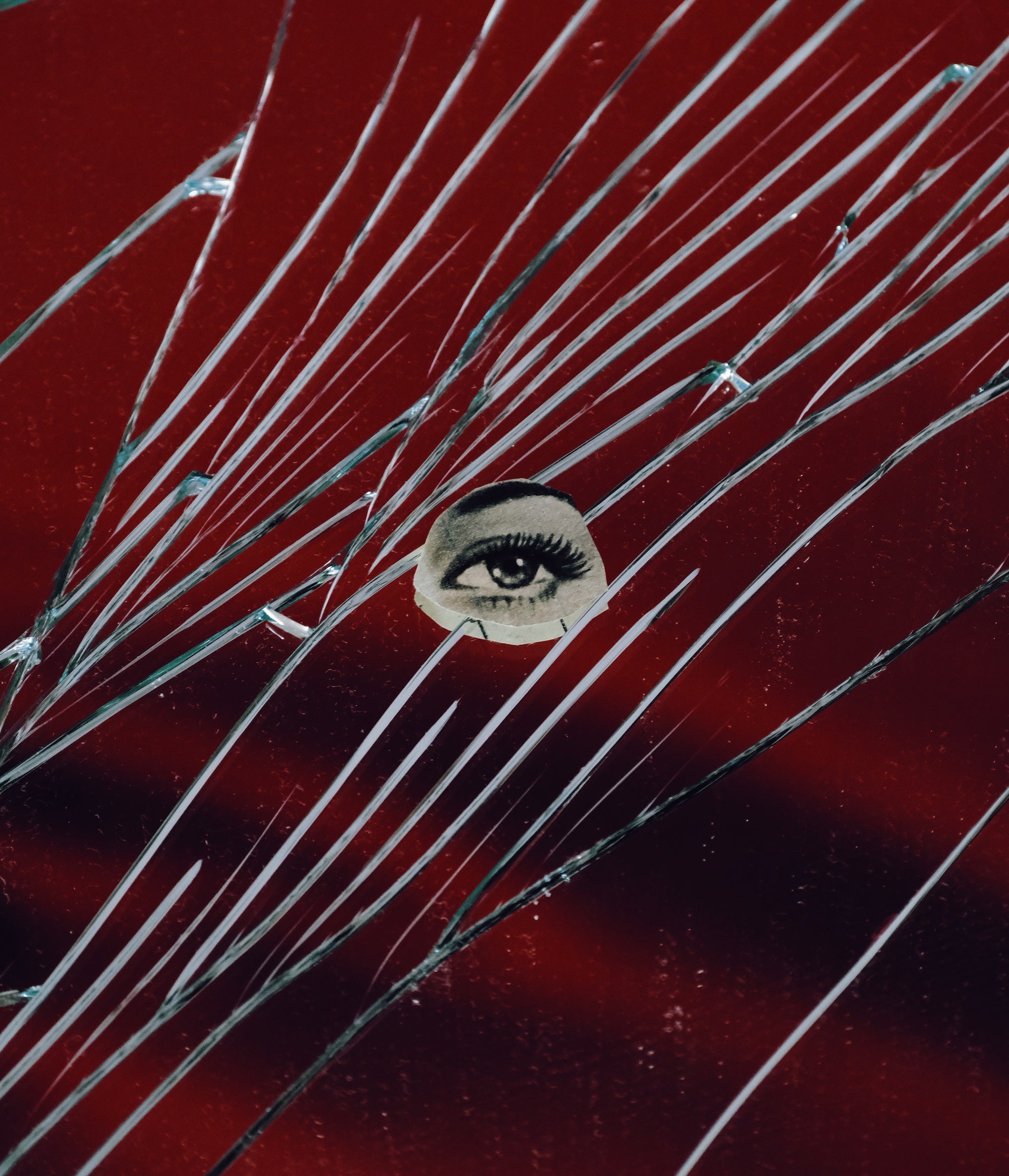In this insightful interview, we delve into the creative mind of Francesco Gioia, a talented photographer whose work has captivated audiences worldwide. Francesco's first book, '57', is a profound reflection of his artistic journey, showcasing a collection that spans various periods of his career. Join us as we explore the depths of his photography, from the evolution of his approach to the intimate stories behind his favorite shots.
How did you start photography?
My first encounter with photography happened when I was very young. I don't remember at what age. I recall that I dreamed of directing my school friends in theatrical performances and films around the age of five or six. I shot videos with an old camera for an extended period and loved taking photographs. But it was just child's play. As I grew up, I never pursued it seriously until, thanks to a job in a photojournalism agency in the centre of Florence, run by a childhood friend of my father, I began to immerse myself in the world of photography.
My role involved selling the photographs that the founder, Giulio Torrini, had taken in Florence from 1944 to the mid-'80s and bringing old photos to light. The shop's historical archive consisted of more than 3 million negatives we had to sort through and scan. In early 2015, I left Florence and moved to London, where I rediscovered photography and started taking it seriously.

What is the timespan between the oldest photographs and the most recents in ‘57’?
All the photos were taken between 2020 and 2023. While selecting the images, I chose to go only a short distance back in time since the pictures taken between 2015 and 2020 belonged to another idea of photography, still more linked to the decisive moment, something I still love but no longer find as intriguing.
How would you describe your point of view to someone new to your work?
I am uncertain how to categorize my photography or describe my point of view. I am versatile, and I have varied tastes. My style is eclectic and composed of different styles without a precise and determined orientation. It comes from more than one school. Some things pique my interest more than others, but I tend to back off when I realize I'm just going with "my style" or my personal preferences. You risk falling into the trap of repetitiveness in your personal taste if you continue to rely solely on it. My passion lies in blending diverse elements and styles, defying rigid rules, and embracing change. I seek to capture life's elusive and intriguing complexity rather than settle for a plain, monotonous existence. The most captivating creations blend a mix of flavours and elements. Something exciting can be achieved through the contamination of different influences. I was also always fascinated by achieving more with less in photography. While I appreciate intricate compositions, they hold different magic. The real skill lies in making a good photo with only one or two essential elements. That's what truly blows my mind.

Do you have a specific narrative in mind when you are shooting? How do you work around the scenography and colors?
I only work with narratives if I'm working on a commissioned project. I enjoy the moment more than I could enjoy the final result. The experience of being there in that instant and finding that inner state that makes the act of creating inevitable makes everything meaningful. Having yet another well-captured image to post or show to others doesn't interest me.
In fact, there are many photos I took that I consider special that will never see the light of day. I'll never show them to anyone. That's not the point. Sometimes, I want to keep certain moments for myself and keep them personal. Not everything always has to be shared and thrown out there. In the end, art, like many of the most beautiful things in life, is better a bit hidden.
When it comes to using colors, there is no one correct way to do it. Only a personal one. It's an individual language. I treat colors not as fixed entities but as malleable elements that respond to the emotions I wish to convey. There are many painters I love who orchestrate a symphony of tones, considering not just what is seen but how it is felt.
Another aspect I prioritize is cropping. When taking photographs, an unusual crop or angle can create a sense of disorientation or mystery. Cropping can convey various emotions and meanings that are often overlooked. Another critical element is decontextualization. The combination of different ingredients creates a feeling of strangeness that is unique and intriguing. But more is needed to mix ingredients and leave them there, expecting them to do all the work independently. You have to give them harmony or a repulsion so strong that it creates dynamism between the elements or at least something that can arouse interest. Otherwise, the photograph is bland and flavourless.

What’s an image or memory that’s stuck with you throughout your career?
I love so many images, but one that has profoundly affected me is Porch Railings, Twin Lakes, Connecticut by Paul Strand. Another one would be Melancholic Tulip by André Kertész. Both possess extraordinary evocative quality and the ability to transcend the meaning of an object, making a photograph art. See images from André Kertész & Paul Strand below.


What do you hope viewers take away from '57'? Is there a particular feeling or thought you wish to evoke in them?
The only small true hope is that they may seek more. I hope my work can serve as a stimulus for them to explore further. To captivate people to the extent that they start searching.
A picture needs to cause a reaction. Other than that, I don't want people to feel anything other than something personal. I'm also at peace with the idea that some people may feel nothing. You can't expect to please or evoke a sensation in everyone. It is challenging to evoke emotions in someone through your creations. For me, art's beauty lies in the individual freedom to interpret the message. It's the same reason I don't enjoy concept-driven works too much and like it when things are spontaneous and open-ended.
When you confine a photo or a painting within a perimeter and slap a label on it or force a concept onto it, everything stops being interesting.

What made you decide to create your book ‘57’? You’ve been working for quite a few years, why was this the right time for you to compile it into one book?
I had the idea of making a book for a long time. I greatly enjoy records, films, paintings, sculptures, and photobooks. They are among my favourite objects; I could never live without them. It goes without saying that creating your own book may not be everyone's desire, but just the thought of it is so tempting. The thing is, you have to have a reason to do it. Even if it's entirely personal and intimate, the result is unsatisfying if you make a book just for making one. It is time for me to end the path I have been taking for the past few years. I plan to switch to a different type of work. I had to encapsulate in a book a part of the work that I consider meaningful and representative of this phase that has lasted for three years. But the desire alone wasn't enough. Therefore, being contacted by Jonathan, the founder of Parallel Editions, felt like a sign. After proposing the project, we decided to embark on it.
Do you have a personal favorite(s) photograph in '57'? If so, what makes it stand out to you?
I like the photo of the man staring at the painting in the window shop. The moment's simplicity and the man's posture make it memorable. To me, that picture is about a sense of loneliness and melancholy innate in the soul. But the isolation in that photo is not a sad one. For the lone figure, being alone and contemplative is a seamless experience similar to watching the sunrise from a mountaintop or discovering the simple beauty of an empty shop. A small glimpse into a fragile moment that would otherwise go unnoticed. That's how I see it.

How does the setting or location influence your photography, particularly in this collection? Are there specific environments that you find particularly inspiring?
I am fascinated by the bustling streets of large cities, where small pockets of tranquillity can be found. I also love more isolated countryside places or small towns and villages. I love capturing scenes with snow or rain. When I think about it, I almost like all situations for shooting, even those at home with family or friends. I love attending exhibitions, concerts, museums, or wandering at night. I am a failure in more than half of these places, but I never get tired of failing, retrying, and starting over the next day. After all, that's what it's all about.

Following '57,' what direction do you see your photographic work taking? Are there new themes or techniques you are eager to explore?
Absolutely. I've decided to let what I've learned slide away to start learning something new where I still need to gain experience. The exact direction is still unknown, but I have some ideas.
You can order '57' by Francesco Gioia on our shop. Special Edition Prints are also available, limited edition of 25 prints per photograph.


